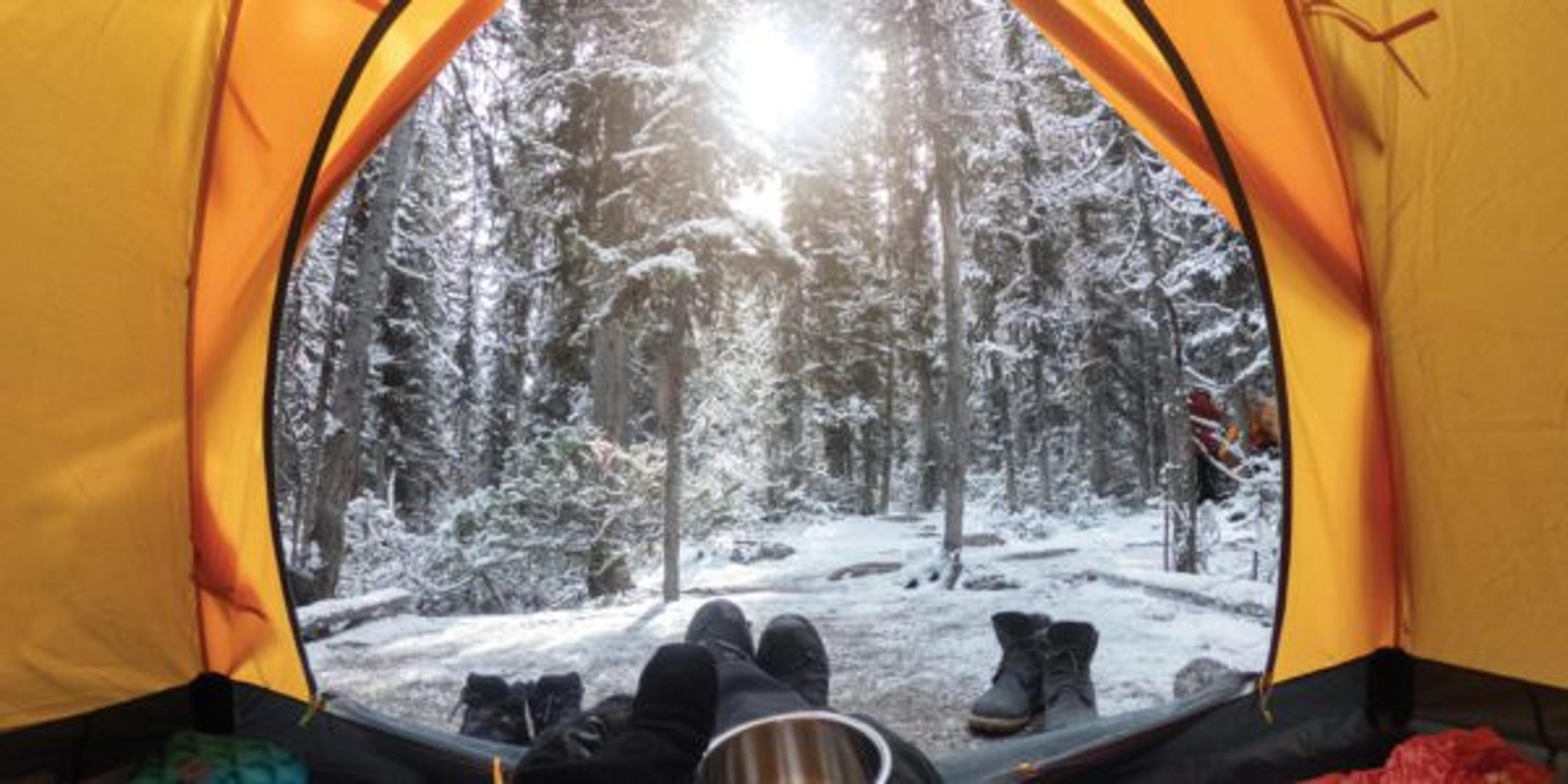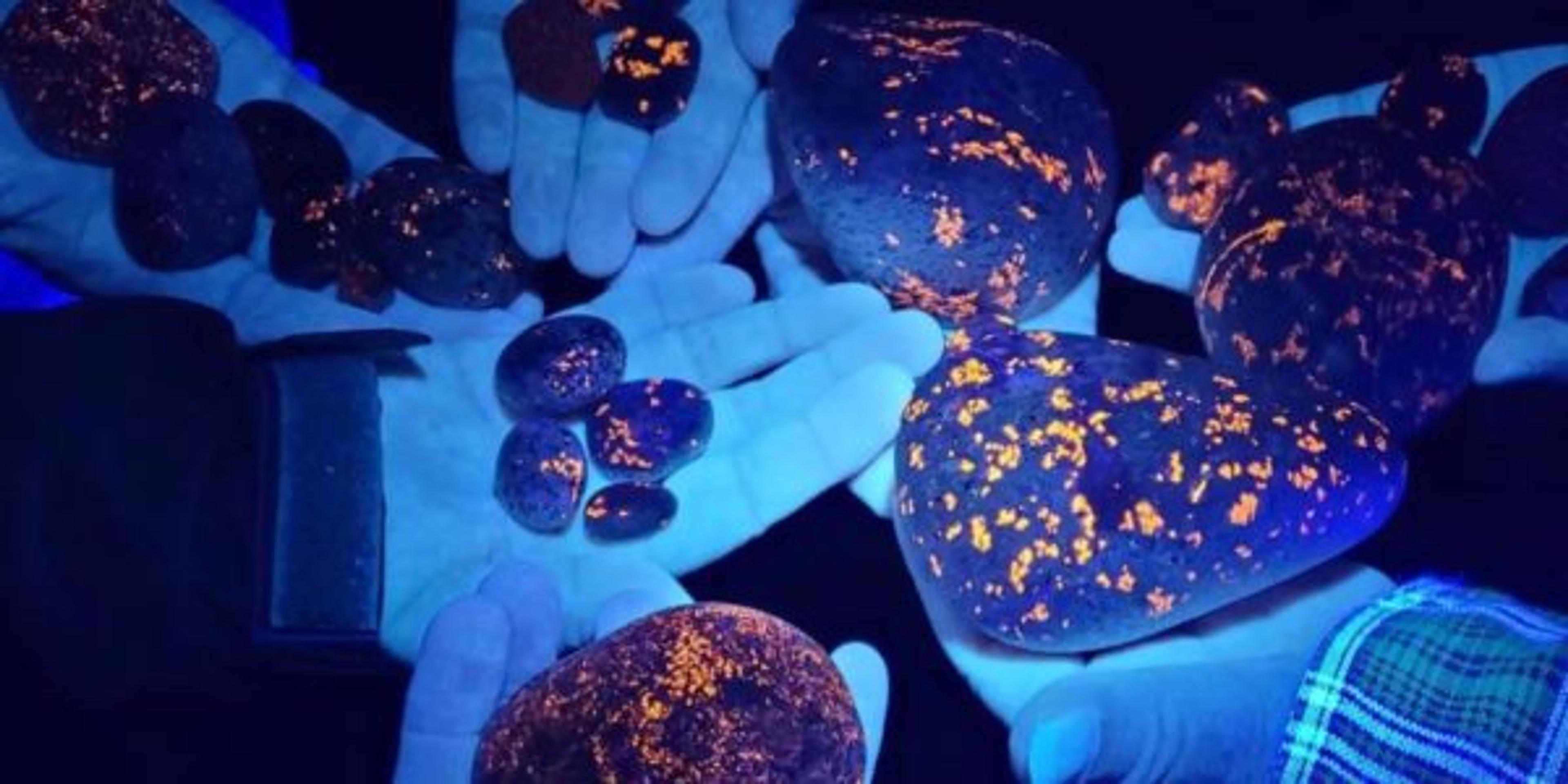Cold Weather Camping: Tips and Essentials
Jake Newby
| 4 min read

Cold weather camping has its perks. In the winter, there are fewer bugs outside, campsite crowds are much smaller, and the scenery can be breathtaking. You don’t need to pack a cooler, either!
But you do need to prepare, or you might be setting yourself up for a miserable and potentially dangerous outing.
Packing essentials
Layer up! Obviously, keeping your body warm is the top priority. First, you need to pack and wear a base layer that insulates your body heat and wicks away your seat. A pair of moisture-wicking long johns and a top and socks made from polyester or merino wool should do the trick. Pack extra base layers, too, particularly if you plan to be active and exercise during the trip.
Next is your mid layer, another source of insulation. Materials made from polyester or wool works great here, as does an insulated puffy jacket.
The most important function of your outer layer – or shell layer – should be its ability to repel rain and sleet and resist the wind. Pack breathable, waterproof jackets and pairs of pants and socks.
Don’t forget hiking boots, hand warmers, heated gloves, and headwear like beanies and earmuffs.
Heavy-duty tent: Four-season tents are built to stand strong against intense weather conditions. They are usually double walled for insulation purposes. If the tent you buy doesn’t have a vestibule or windbreak accessory, consider buying and bringing an add-on vestibule.
Sleeping bags and pads: In addition to a nice, warm sleeping back, you may want to pack a sleeping bag liner or waterproof cover for that extra weatherproofing layer. A sleeping pad can be viewed as an air mattress replacement. Air mattresses run cold, so a cell foam or inflatable ground pad is a much better option. It provides extra cushion and a buffer between your body and the cold ground. You could even double up and pack two.
Headlamp: A hands-free source of light is a must. There’s less daylight to go around in the winter, so while hiking, maneuvering in and of your tent and doing just about anything after 5 p.m., you’ll want a convenient light source to depend on.
Tips and hacks
Stuff clean clothes inside of your sleeping bag: Waking up warm only to throw on a cold pair of clothes makes no sense. Stuff your next-day clothes deep inside of your sleeping bag so they warm up with your body heat overnight.
Find a fire-starter: Unless you’re bringing your own dry firewood, the stuff you find while camping may be wet or frozen. Workaround this by dipping cotton balls or pads in petroleum jelly before your trip and using them as a quick and efficient fire starter. Other hack combinations are pinecones dipped in wax and wine corks soaked in rubbing alcohol.
Stay hydrated: Drinking lots of water might go against your instinct amid cold temperatures, but your body dehydrates faster in the cold since it is working overtime to regulate your body temperature. If you don’t have an adequate water supply, collect potable water by melting snow and filtering it through a filtration water bottle.
Vent your tent: Opening zip panels or vestibule doors to eliminate condensation is important. Give the “high-low venting” technique a try. To execute this, determine which end is pointed into the wind. Find the zip-out panel on that side and open it down low only. Then on the opposite side, open the top of your zip-out panel. Also, be sure to practice setting up the snow stakes or guy lines before your trip so you’re prepared. If the ground is so cold during your trip that you can’t drive stakes into the ground, stake them with first-sized rocks.
Preserve your batteries: Batteries depend on chemical reactions to function and frigid temperatures slow or stop those reactions. Keep battery-powered gear like headlamps and flashlights nestled in your sleeping bag at night or insulated among warm clothes to protect them from the cold. This applies to any smart devices you bring on the trip, as well.
Related content:
Photo credit: Getty Images





